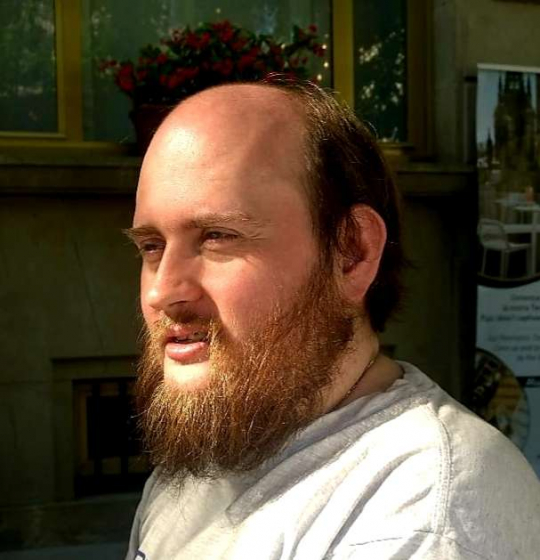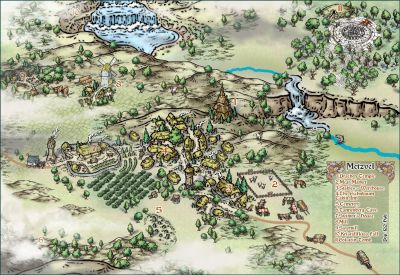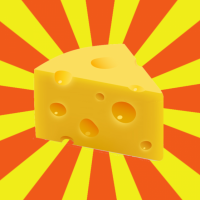
Monsen
Monsen
About
- Username
- Monsen
- Joined
- Visits
- 692
- Last Active
- Roles
- Administrator
- Points
- 8,940
- Birthday
- May 14, 1976
- Location
- Bergen, Norway
- Website
- https://atlas.monsen.cc
- Real Name
- Remy Monsen
- Rank
- Cartographer
- Badges
- 27
-
an odd background
This bitmap isn't really intended to be used as a main background, rather it is meant to be used with drawing tools to draw patches of heath on top of your terrain background.
One limitation with CC3+ is that fills can't be categorized. So the background fill picker in the new map wizard will simply show all the bitmap fills available in the map, it has no idea which fills are suitable and which are not.
-
Macros getting errors calling lables
-
Viewer link broken
The viewer was discontinued a while back. Because most maps in modern CC3+ are based on raster artwork requiring external art files, the viewer wasn't able to display those maps without also having the same artwork available, so it no longer had the utility it used to have.
If you wish to let non-CC3+ users see your maps, I recommend just exporting them to an image or printing them to a pdf file, this is the best ways for people to see them without having to own all the artwork used.
-
Crash when trying to add grid on Annual Retro Starship (Metric) map
-
CC3+ and CPUs
For CC3+, there will not be much of a difference between those two. A lot of operations in CC3+ are single threaded, in which those two score pretty much the same (but about 50% better than your old one).
Some processes, like some effects do take advantage of multiple cores, but it is unlikely to fully saturate your CPU, so even if the 7700 is better, I doubt you would observe much difference between them. But the 7700 do have two extra cores that can work on other things the same time as CC3+ works though, which can be an advantage.








